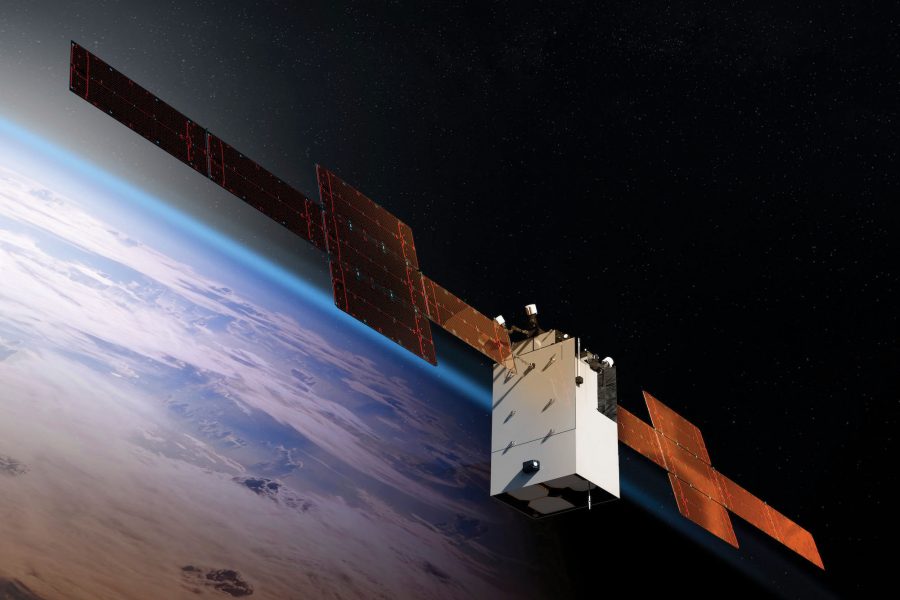Colorado Springs, Colo.—U.S. Space Command wants to start acquiring commercial satellite services and released the overview of a new strategy to do so.
The head of the command, Army Gen. James H. Dickinson, elaborated on the plan April 5 in a press briefing at the Space Symposium here.
Plussing up the providers of space-based intelligence, surveillance, and reconnaissance creates a “many” problem for any entity that wants to interfere with U.S. activities, Dickinson said. In other words, “many” satellites would have to be destroyed or disabled “to have any appreciable effect.”
“It’s not just one company that does it—many companies do that,” Dickinson said.
He said the images of the Russia-Ukraine war being shown in the press prove why bringing companies onboard is a good idea.
“We can all see the quality of that—how good it is,” Dickinson said.
With so many companies that “want to be part of the broader DOD enterprise,” the command could get access to information about places it can’t currently monitor: “We’re not in all those parts of the world—I mean, that’s a fact,” Dickinson said.
The strategy will result in a framework for how the command should “collaborate, integrate, and partner with commercial industry” as well as “mitigate capability gaps,” improve the resiliency of DOD’s overall space architecture, and “gain and maintain technological and operational advantages over adversaries,” according to a fact sheet.
The strategy won’t “provide program specific solutions,” “overstep service prerogatives,” “replace existing acquisitions processes,” or “serve as a defense innovation or industrial base driver.”
The satellite services may include other activities besides ISR, such as space control or modeling and simulation. The command expects benefits to include faster decision-making and acquisition fulfillment.
Three “ways” to reach the “strategic end state” the command envisions, include:
- Fulfilling some needs with off-the-shelf technology, including command and control battle management systems, IT systems “to include [artificial intelligence/machine learning] and big data management, modeling and simulation systems, space control systems,” and satellite communications.
- Improve resilience by prioritizing “operational intelligence [space domain awareness], SATCOM bandwidth,” and quantum computing, among others.
- “Gain and maintain technological advantages over adversaries” by partnering with companies “in ways that are more relational as opposed to purely transactional.”
Asked what Space Command will do to help mitigate any counterspace risk the companies may assume by working with the DOD, Dickinson mentioned sharing information with them about space domain awareness “so that our commercial providers understand what’s going on in and around their assets.”
Implying that the DOD’s satellites can still outperform commercial constellations in some aspects, Dickinson said the plan allows the command to preserve its “exquisite” assets for things only they can do.
